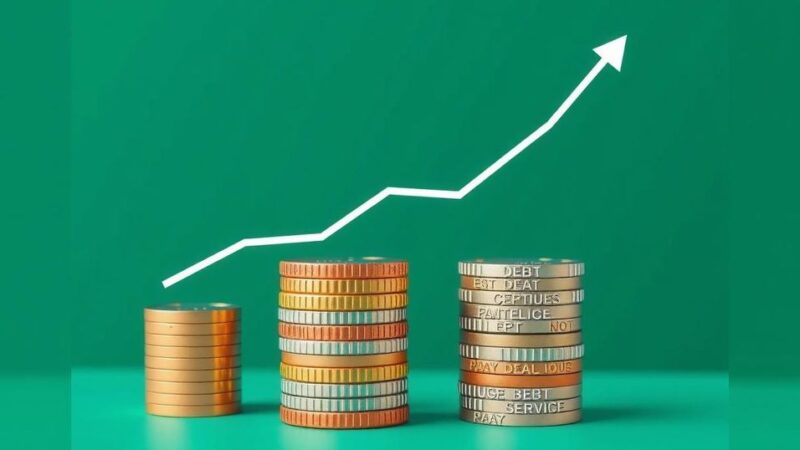In 2024, Rwanda’s inflation decreased significantly to 4.8 percent from 14.0 percent the previous year, attributed to strong agriculture, easing commodity prices, and firm monetary policies. Governor Soraya Hakuziyaremye emphasized government interventions and projected favorable inflation rates in the coming years, despite some temporary fluctuations. She expressed confidence in the economy’s growth and stability while acknowledging the need to monitor potential risks.
In 2024, Rwanda experienced a significant drop in inflation, with rates declining to 4.8 percent from 14.0 percent in 2023. Central Bank Governor Soraya Hakuziyaremye attributed this reduction to robust agricultural performance, decreasing international commodity prices, and the bank’s stringent monetary policies. Government interventions aimed at lowering the prices of essential goods further contributed to this achievement.
The decrease in inflation signifies an increase in economic stability and enhanced purchasing power for consumers, which encourages business investment and growth. Stabilized prices yield increased disposable income and overall confidence in the economy. However, Hakuziyaremye noted a temporary inflation increase at the start of 2025, spiking to 7.4 percent in January but moderating to 6.3 percent by February.
Looking ahead, Hakuziyaremye expressed expectation for inflation to remain within a favorable range, projecting rates at approximately 6.5 percent in 2025 and 4.1 percent by 2026. She acknowledged existing risks, including regional and global tensions which could threaten economic stability, as well as adverse weather impacts on agricultural productivity. In contrast, Sub-Saharan Africa continues to grapple with double-digit inflation, projected at 12.3 percent for 2025.
In her comments regarding the financial sector, Hakuziyaremye assured stability in the short and medium term but emphasized the need for diligent monitoring of increasing credit risks. She noted current data indicating potential growth above the previously projected 8.3 percent, driven by robust performances in the industrial, mining and quarrying, construction, and services sectors.
Rwanda’s exports grew by 6.9 percent in 2024, fueled by rising prices for traditional exports such as minerals and coffee, alongside sustained regional demand for manufactured goods. Imports increased at a slower pace of 5.8 percent, mainly due to higher demand for capital goods. The Central Bank reduced lending rates to 6.5 percent in 2024, which contributed to a slight decline in interbank rates as well, although personal loan rates remained relatively higher due to their short-term nature.
Rwanda’s inflation decreased substantially in 2024, resulting in enhanced economic stability and consumer purchasing power. Despite a temporary rise in early 2025, projections remain optimistic for sustained low inflation as the economy is expected to grow driven by strong sectoral performances. Nevertheless, vigilance is advised in the face of potential external threats and emerging financial risks. Overall, the careful management of policies highlights Rwanda’s commitment to achieving economic resilience.
Original Source: www.newtimes.co.rw






